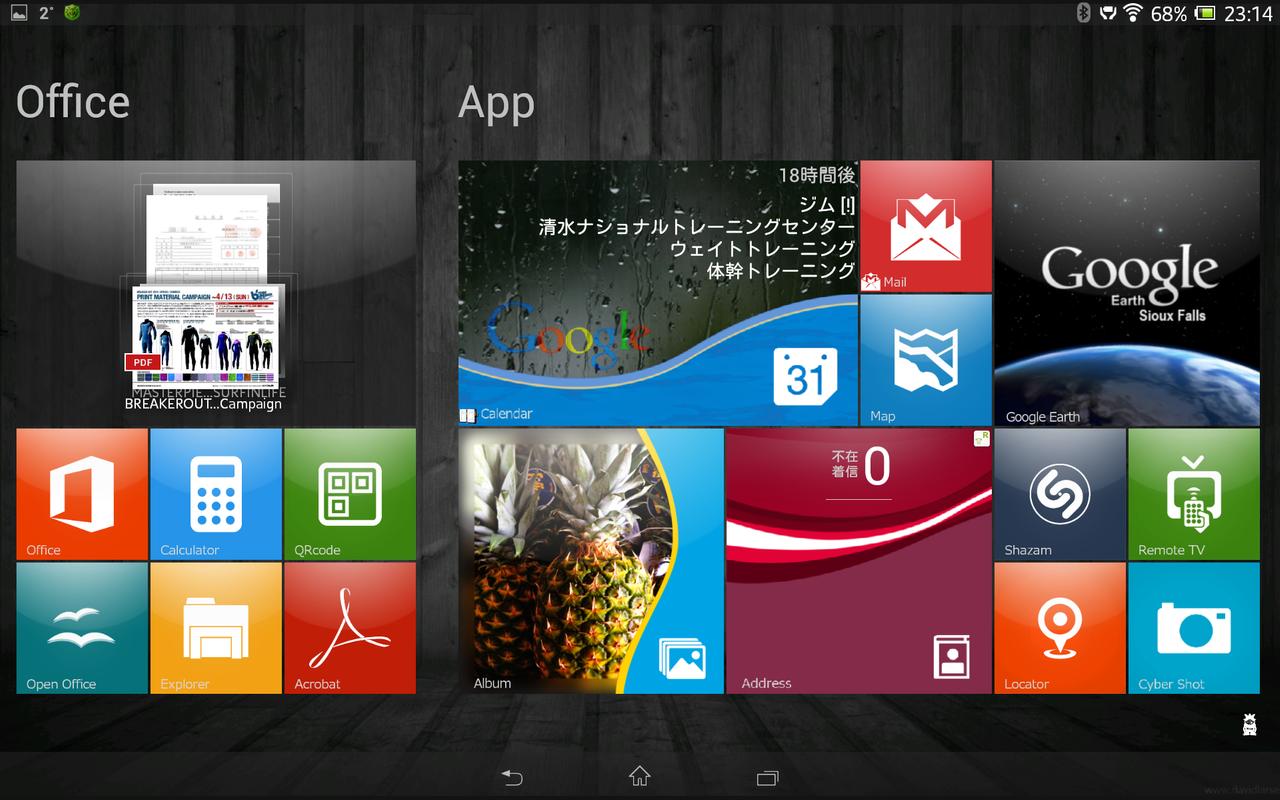Os X 10 8 Install Usb Raw Data
3) Now, we need to mount the 10.8 installation file. As you are aware OS X 10.8 installation file is in DMG format which will not work directly with VMware workstation. I tried to convert the DMG file to ISO on Windows 7 host as mentioned earlier in Sysprobs, but for some reasons it failed. So, I have directly copied mountain Lion dmg file (using USB disk) into working Lion 10.7 virtual machine.
USB Flash Drive InstallationsYou can install JSA software with a USB flash drive.USB flash drive installations are full product installations.You cannot use a USB flash drive to upgrade or apply product patches.For information about applying patches, see the latest Patch ReleaseNotes. Dd if=/ of=/dev/▌r▐ bs=1m NoteThe r before the name of the connected USB flashdrive is for raw mode, which makes the transfer much faster.
- /Applications/Install OS X El Capitan. Then use the 'createinstallmedia' command in Terminal. After, mount the USB flash drive or other volume that you're using for the bootable installer. Make sure that it has at least 12GB of available storage.
- The last time Apple released a new version of its OS X operating system on physical media was 2009, in the case of OS X 10.6 Snow Leopard. Since then, new OS X versions are only available for download directly from the Mac App Store. While this may be a convenient way to upgrade your Mac, it doesn.
The last time Apple released a new version of its OS X operating system on physical media was 2009, in the case of OS X 10.6 Snow Leopard. Since then, new OS X versions are only available for download directly from the Mac App Store. While this may be a convenient way to upgrade your Mac, it doesn’t leave you with a fallback solution as there is no bootable USB for you to do a clean install (in case your Mac gets corrupted). Keep the Installer From Being Deleted AutomaticallySimilar to previous OS X versions, when you download Yosemite from the Mac App Store, it’ll automatically be downloaded to your Applications folder.
And if you leave it there, the installer will delete itself after Yosemite finishes installing on your Mac. So, if you plan to use the same installer file on different Macs in the future, or as in this case, you plan on creating a bootable drive, be sure to copy the installer to another location, such as an external drive, before you install Yosemite.


Now there are two different methods to create a bootable USB drive for Yosemite. You can either use a simple graphical interface, or you can use OS X’s built-in Terminal utility. We’ve described both methods below.Before you get started, make sure you have the following stuff with you:. An 8GB or larger USB drive or external hard drive (this can be a partition on a larger drive as well). The OS X Yosemite installer – this should be ideally placed inside your Applications folder.
Os X 10 8 Install Usb Raw Data System
DiskMaker X for your Mac – you can download it fromUsing Diskmaker1. Once you have Diskmaker downloaded, connect your USB to your Mac and open up DiskMaker X.2. You’ll be presented with options to make installers for either OS X 10.8, 10.9 or 10.10. Click on OS X Yosemite (10.10).3.
Diskmaker should automatically search your system for the OS X 10.10 Installer and should present the file with its location to you. If this is the right installer, click on “Use this copy.”If it doesn’t detect the installer, click on “Use Another Copy” to navigate to the installer you want to use.
Once located, click on Done.4. Diskmaker will then ask you to select the drive you want to use as a Yosemite bootable drive.
Once you select it, it will proceed to format the drive/partition and create a bootable disk. Depending on your Mac and USB type, this process can take from two to thirty minutes. It took around sixteen minutes to create a bootable disk on my USB 2.0 drive on my iMac (Mid-2012).Once DiskMaker is finished, you’ll have a bootable Yosemite installation drive.And that’s it! You can now use this bootable drive to easily install Yosemite onto multiple computers, or you can use it as a recovery drive for use in the future. Using TerminalIf the above method didn’t work for you for some reason, you can easily create a bootable USB using Terminal. Here’s how:1. Connect your USB to your Mac, and open Disk Utility on your Mac.2.
Select the drive from the left-hand pane and click on the Erase tab.Note: This step will erase all data on the USB/drive, so be sure to backup any valuable data you have on your drive.3. Select “Mac OS Extended (Journaled)” from the Format menu, enter “Untitled” in the Name field and click on “Erase”.4.
Os X 10 8 Install Usb Raw Data Recovery
Make sure your Yosemite install file is located in the main Applications folder (/Applications) before proceeding.Open Terminal on your OS X system using Spotlight or by navigating to “Applications - Utilities.”5. Copy and paste the following command into Terminal and press Enter.
Most Viewed News
- Genesis Plus Gx Channel Forwarder
- Nch Express Scribe Keygen Torrent
- Manga Serial Cantik Sub Indo
- Exercise Programmation Assembleur 8086 Pdf To Jpg
- Decrypt P File Matlab Free
- Ps2 Beatmania Empress Iso 9000
- Change Address Drivers License Palm Beach County
- Fixfoto 3 0 Keygen For Mac
- Triumph Serial Numbers Year
- Economics For The Ib Diploma Ellie Tragakes Pdf Files
- Kamov Ka 50 Alphasim For Fs9 Downloads
